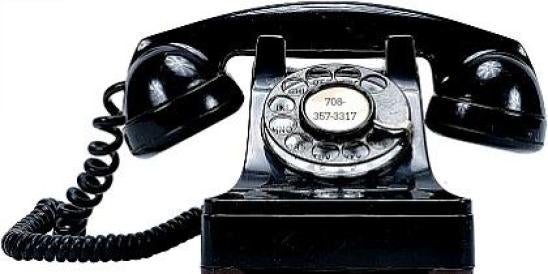Last week, the U.S. District Court for the Southern District of California issued an opinion regarding the definition of an “Automatic Telephone Dialing System” (“ATDS”) under the Telephone Consumer Protection Act (“TCPA”). The opinion follows a small but growing number of cases holding that courts have their own ability to interpret the statutory definition of ATDS and need not follow the Federal Communication Commission’s interpretation of that term.
The case, Marks v. Crunch San Diego, involved a class action suit against gym-operator Crunch San Diego (“Crunch”) for its use of a third-party web-based platform to send promotional text messages to current and prospective member mobile phones. The plaintiff claimed he had received three unwanted text messages from Crunch over the course of about a month, in violation of the TCPA. The motion for summary judgment turned on the issue of whether the platform Crunch used could be classified as an ATDS. The court held that it could not.
Section 227(a)(1) of the TCPA defines an ATDS as equipment that “has the capacity (A) to store or produce numbers to be called, using a random or sequential number generator; and (B) to dials such numbers.” Crunch’s motion for summary judgment was based on the assertion that the platform Crunch used could not be classified as an ATDS because the platform lacks the capacity to store or produce telephone numbers to be called using a random or sequential number generator. The court agreed and ultimately concluded as a consequence that the TCPA did not apply, and, further, that the FCC has no authority to modify or definitively interpret the plain language in Section 227(a).
The FCC previously has released orders interpreting the definition of ATDS broadly as “any equipment that has the specified capacity to generate numbers and dials them without human intervention regardless of whether the numbers called are randomly or sequentially generated or come from call lists.” The Marks court noted, however, that in Satterfield v. Simon & Shuster, Inc., the U.S. Court of Appeals for the Ninth Circuit found the definition of an ATDS is not “clear and unambiguous.” The Marks court explained that, therefore, under the Chevron doctrine, the FCC’s definition of an ATDS cannot bind the courts.
In its own analysis of what constitutes an ATDS, the Marks court noted that “random or sequential number generator” cannot reasonably refer broadly to any list of numbers dialed in random or sequential order, because such an interpretation would effectively nullify the entire clause. If the TCPA meant to only require that an ATDS include any list or database of numbers, the court explained, it would simply define an ATDS as a system with “the capacity to store or produce numbers to be called,” and “random or sequential number generator” would be rendered superfluous. Rather, the phrase’s inclusion requires it to have some limiting effect, and the court found that the phrase refers to the genesis of the list of numbers, not to an interpretation that renders “number generator” synonymous with “order to be called.”
Citing to another Ninth Circuit district court case, Gragg v. Orange Cab Co., the Marks court also underscored that courts have defined “capacity” in the context of an ATDS as the “system’s present, not potential, capacity to store, produce, or call randomly or sequentially generated telephone numbers. The Marks court repeated theGragg court’s underlying concerns that focusing on potential capacity would encompass many modern devices and potentially subject all smartphone and computer users to the TCPA. The Marks court noted that it seems unlikely Congress intended to subject such a wide swath of the population to a law designed to combat unwanted and excessive telemarketing.
Based on these considerations, the court found that the platform Crunch used did not have the present capacity to store or produce numbers to be called, using a random or sequential number generator, and to dial those numbers. Numbers entered the platform that Crunch used in one of three ways: when someone manually uploaded a number onto the platform, when someone responded to a Crunch marketing campaign via text message, or when someone manually input his or her phone number on a consent form through Crunch’s website that interfaces with platform. All three methods require human curation and intervention. Accordingly, the court held, because the platform lacks a random or sequential number generator, it was not an ATDS.
This post was written with contributions from Ani Gevorkian.



 i
i

